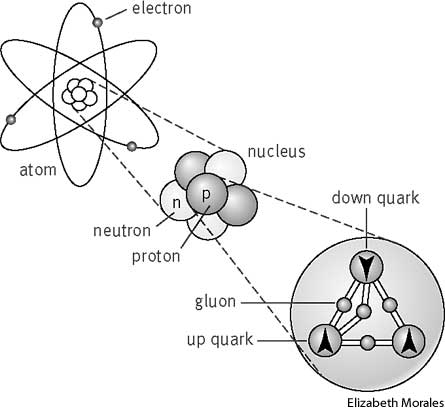

That idea is a key foundation of modern physics, and it has withstood more than 100 years of intense scrutiny. "You could say it's peanuts, but it's not," says Ereditato, "It's something that we can measure rather accurately with a small uncertainty."Įinstein's 1905 special theory of relativity states that c, the speed of light, is a sort of "cosmic speed limit" - that nothing in the universe moves faster than light, which travels at 186,282 miles per second. A faulty connection between a GPS receiver and a computer. Light travels the 454 miles from CERN to Gran Sasso in 2.4 thousandths of a second, and the neutrinos beat that time by 60 nanoseconds, or 60 billionths of a second, the scientists say. Those famous neutrinos that appeared to travel faster than light in an Italian experiment last September probably did not do so after all. How much faster than light did the neutrinos travel?

CERNs experiment accelerated neutrinos to the speed of light and fired them from Geneva to a detector at. But their speed "is becoming a main issue," says OPERA leader Antonio Ereditato, dryly. Carrying Out the Faster-than-light Neutrino Test. During the course of an experiment, CERN scientists apparently discovered that neutrinos - tiny subatomic particles that travel near light speed - could possibly accelerate faster than light. And they travel effortlessly "through walls and planets like wind through a screen door." Over three years, the OPERA team fired 15,000 beams of neutrinos underground from CERN to the subterranean Gran Sasso laboratory south of Rome - primarily to study the shifting properties of neutrinos, not the speed at which they travel. More relevant is the fact that we have completely independent indications that neutrinos do travel at the speed of light, from Supernova 1987A. They're "among the weirdest denizens of the weird quantum subatomic world," says Dennis Overbye in The New York Times. Here that's not quite true, although we should at least mention that Fermilab's MINOS experiment also saw evidence for faster-than-light neutrinos, albeit at a woefully insignificant level. The announcement made international headlines. Neutrinos are virtually invisible, shape-shifting particles. According to the group's findings, neutrinos made the 731-kilometre journey 60 nanoseconds faster than predicted if they had travelled at light speed.


 0 kommentar(er)
0 kommentar(er)
